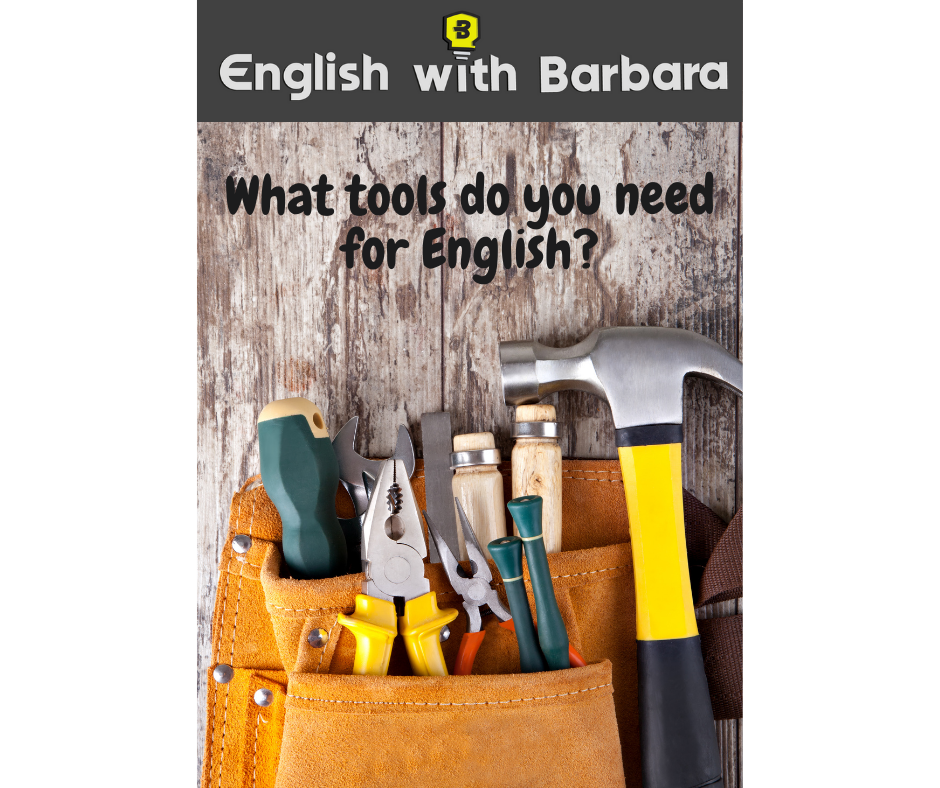Learning another language can be complicated. But with the right tools and a patient tutor, it will become less frustrating.
These 5 tools will help you in between lessons with your tutor:
- Flash Cards – You can make your own flashcards quite easily. Focus on what you need help with the most: spelling, pronunciation, grammar rules, etc.
- Visual and Audio Aids – As part of my lesson, I always send the lesson material and a copy of the words to practice. This will be a word document that the student can follow together with an MP3 audio clip with the correct pronunciations.
- Translators and Dictionaries – Using an app on your phone or PC together with your bilingual dictionary will go a long way to help you with some difficult words while reading or doing homework (and your tutor is not available)
- Word of the Day – With this activity, you will start your own little phrase book. It helps increase your vocabulary and master your spelling and pronunciation.
- Conversation Lessons with your Tutor – Sometimes we need a ‘break’ from ‘learning’. A fun activity to do with your tutor is a basic conversation lesson. Practicing dialogue in different situations prepares you to use English in different situations. You gain confidence as you practice with your tutor.
The Four Core Learning Styles:
It’s a good idea to find out how you like to learn. The four core learning styles include visual, auditory, reading and writing, and kinesthetic.
- Visual – learners enjoy analyzing and observing things like pictures, diagrams, and charts that showcase clear information in order of importance. You can oftentimes find visual learners by paying attention to students who are doodling, list-making, or note-taking.
- Auditory – learners prefer learning subject matter that is presented through sound. You can find auditory learners by paying attention to students who are actively engaging with a lecture. You may find them nodding along or asking frequent questions rather than taking written notes. Additionally, these learners might read slowly, read aloud to themselves, or repeat things you tell them to help with retention.
- Reading and Writing – learners prefer written word. They are drawn to textbooks, novels, articles, journals, and anything that is text-heavy. Similar to visual learners, you can find reading and writing learners by paying attention to students who take elaborate notes, reference the dictionary to learn new words, or use online search engines to find answers to their questions.
- Kinesthetic – learners are “tactile” learners, meaning they prefer to physically act out events or use all of their senses while learning. These types of learners are easy to find, as they likely have a difficult time sitting still and might need frequent breaks during heavy studying periods.
If you are looking for a tutor who will offer you all of these tools and conduct 1-on-1 lessons in a safe environment, please use the contact form below:

No responses yet